
The advent of Artificial Intelligence-Generated Content (AIGC) has transformed numerous fields, including photography education. AIGC plays a pivotal role in shaping how photography is taught, practiced, and perceived. This article explores the impact of AIGC on photography education and its implications for artistic development.
Redefining the Learning Experience
AIGC introduces innovative tools that enhance the learning experience for photography students. AI-powered applications can generate realistic images, offer editing suggestions, and even simulate different lighting conditions. These tools allow students to experiment with their creativity in a controlled environment, helping them understand complex photographic concepts more intuitively.
For instance, AI can analyze a student’s work and provide constructive feedback instantaneously, significantly reducing the time between submission and critique. This immediate response aids students in refining their skills more rapidly than traditional methods permit.
Encouraging Creativity and Innovation
One of the most significant benefits of AIGC in photography education is its ability to foster creativity and innovation. With AI tools generating unique images, students can draw inspiration from diverse sources without the limitations imposed by conventional methods. This capability encourages them to explore new styles and techniques, pushing the boundaries of their artistic expression.
Moreover, the integration of AIGC into photography education challenges students to think critically about authorship and originality. As they create with AI, they must grapple with questions about the nature of creativity and the role of technology in art.
Bridging Technical Gaps
Many students enter photography programs with varying levels of technical proficiency. AIGC serves as a bridge, helping those who may struggle with the technical aspects of photography. AI tools can simplify the complexities of camera settings, composition, and post-processing, allowing students to focus more on their artistic vision rather than being bogged down by technical details.
For example, AI-driven software can automatically adjust exposure and color balance, freeing students to concentrate on narrative and aesthetics. As a result, students can develop their unique photographic voice without being hindered by technical challenges.
Addressing Ethical Considerations
The rise of AIGC also brings forth critical ethical considerations in photography education. As students learn to leverage AI tools, they must understand the implications of using generated content. Questions around copyright, authenticity, and the potential for misinformation are becoming increasingly relevant.
Educators must incorporate discussions about these ethical dilemmas into the curriculum, ensuring that students recognize the responsibilities that come with leveraging AI in their work. Fostering these discussions prepares students to navigate the evolving landscape of photography, where traditional and digital influences increasingly intersect.
Preparing for the Future
As AIGC continues to evolve, its influence on photography education will likely expand further. Educators who embrace these technological advancements can prepare their students for future careers in photography and related fields. Knowledge of AIGC tools and techniques will be essential as students enter a job market that increasingly values digital literacy and technological proficiency.
Furthermore, as the industry adapts to new norms set by AIGC, students equipped with modern skills will be better positioned to innovate and lead in their careers.
Conclusion
The impact of AIGC on photography education is profound, reshaping how students learn, create, and engage with their art. By redefining the learning experience, fostering creativity, bridging technical gaps, addressing ethical considerations, and preparing students for future challenges, AIGC is revolutionizing photography as we know it. As we move forward, it is essential for educators and students alike to navigate this new landscape thoughtfully, ensuring that the integration of technology serves to enhance rather than diminish the essence of artistic expression.







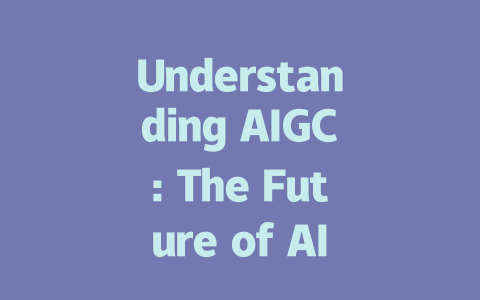
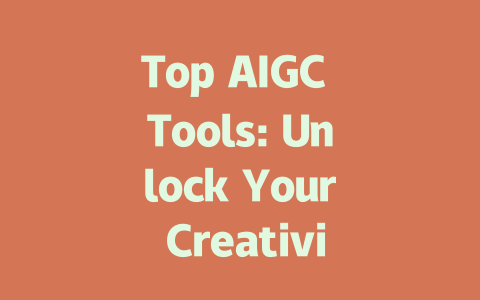

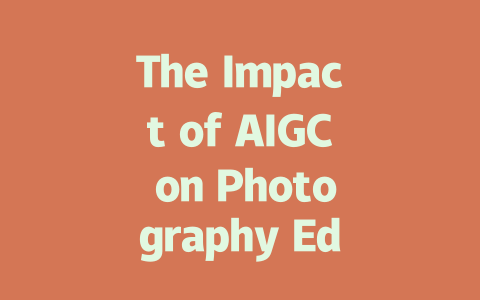
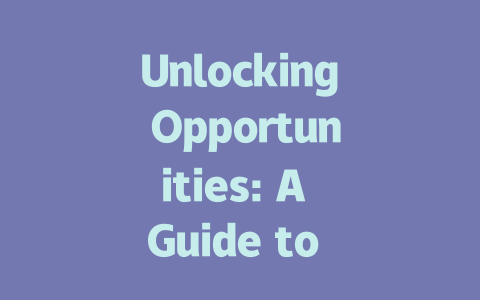
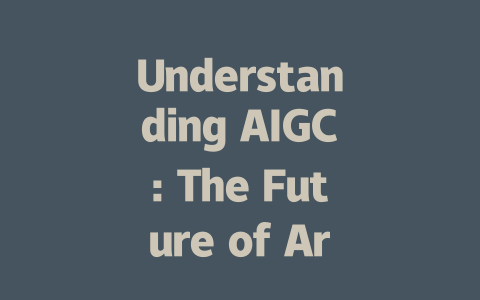

暂无评论内容